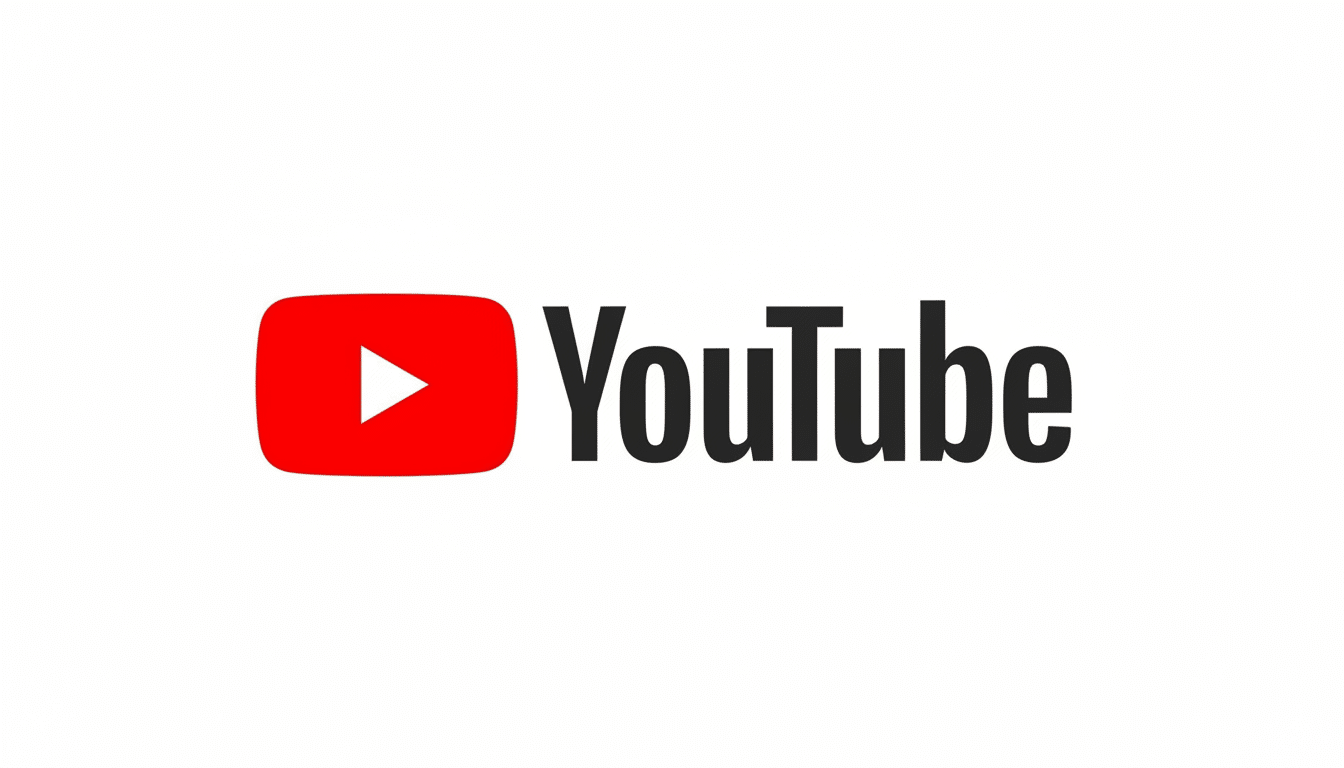YouTube will now allow creators who were previously removed from the platform for repeated COVID-19 and election fraud violations to return, according to a letter sent by Alphabet’s legal team. Sandwiched in that note is the news that Google’s video platform will let previously booted out content creators back onto its service. That letter, from Alphabet’s legal team (the parent company of YouTube) to House Judiciary Chair Jim Jordan, revealed the plans. The company cast that as a renewed commitment to free expression, with those specific rules no longer in place that were in effect when the channel was deleted.
The reversal is one of the most significant changes in how a major social network approaches misinformation since the height of the pandemic and after the 2020 U.S. election. It right away unlocks the door for dozens, potentially hundreds, of high-profile accounts that were permanently expunged under now-defunct policies.

Why YouTube is changing its approach to past bans
In its letter, Alphabet said it would offer terminated creators under the specific COVID-19 and election integrity guidelines “the ability to appeal,” because those rules were time-bound and created for crisis situations. The company highlighted the importance of vigorous public debate and said it values a broad array of political perspectives, language that closely echoes arguments being made by free-speech advocates and lawmakers who have been pressing platforms to reverse emergency-era stances on enforcement.
The decision also reflects the fact that other platforms have already begun to put in place somewhat looser guardrails. YouTube previously reinstated the channel of former President Donald Trump, and other companies began walking back blanket bans and embracing lighter-touch measures like labels and diminished distribution. The tide is turning from blanket removals towards transparency, context, and post-level enforcement.
Who gets to come back — and on what terms
YouTube announces that creators whose channels went dark due to habitual violations of since-retired COVID-19 and election integrity guidelines can appeal the decision. The company did not provide specific time frames or processes in the letter, nor how-to guidelines for appealing its decisions, although any returning channels will continue to be subject to YouTube’s existing community guidelines — including its famous “three strikes” system — and policies around incitement, targeted harassment, and harmful medical claims that have been retained.
Crucially, the new rule is not carte blanche. Although the basis for termination can no longer be historical, new violations under current rules will result in enforcement. That difference is an indication of how YouTube has aimed to strike a balance between drawing the line anew for past cases and continuing to protect against easily demonstrable harmful content.
The magnitude and stakes for the information ecosystem
The sweep of YouTube’s audience makes the move significant. Pew Research Center has found that more than a quarter of American adults are exposed to news on the platform, meaning changes in who’s eligible as a creator can ripple across demographics. YouTube said during the pandemic that it had taken down more than a million videos for dangerous COVID-19 misinformation, highlighting how aggressive it was in enforcing rules that are now being loosened somewhat.

The new position raises a familiar tension: the value of free expression versus concerns about consequences in the real world. Public health groups maintain that false claims can depress vaccination rates or encourage harmful treatments. Election officials caution that viral untruths can corrode civic trust or prompt harassment of poll workers. Civil liberties groups, however, argue that temporary rules have solidified into long-term censorship, stifling legitimate debate and dissent among the ranks of academia. YouTube is attempting to thread that needle by limiting when bans apply and bringing back voices banned under standards from the emergency era.
The recent past of other platforms offers context. One leading social network said that in the days after the Jan. 6 Capitol attack, it had suspended roughly 70,000 accounts associated with QAnon content. Since then, broad deplatforming has shifted into case-by-case reinstatements and downranking in algorithms. YouTube’s move aligns with that industry shift: fewer permanent expulsions, more of a focus on warnings, labels, and distribution controls.
Regulatory and political crosscurrents shaping policy
The letter, sent to the House Judiciary Committee, comes as scrutiny grows of how governments and platforms deal with speech. Lawmakers also have investigated whether federal agencies nudged or coerced companies to take down content, while courts continue to hash out the extent of government overreach. Outside the U.S., the European Union’s Digital Services Act mandates that big platforms evaluate and address systemic risk, including disinformation — obligations that might complicate any wholesale reinstatement if it appeared to amplify harm in EU markets.
It’s unclear whether reinstatement will be global, or by jurisdiction. Look out for region-specific implementations and for signs across different legal regimes, as well as new details in YouTube’s Transparency Report that address how many channels are reinstated and how the videos they produce are treated by recommender systems.
What to watch next as YouTube reinstates creators
The practical questions now before us are procedural. Will reinstatements be automatic or based on applications? Will creators need to acknowledge existing rules, undergo policy training, or accept reduced features out of the gate? And how will YouTube guarantee access for researchers so that outsiders can analyze the impact on the spread of misinformation and civic discourse?
For creators, the implications are immediate: a route back to audiences and cash. For the public, the test is whether YouTube can reopen but not fully reprise a door to once-banned voices without making many of its worst mistakes from the pandemic and last election cycle. Transparency on enforcement, and quantifiable results, will tell whether this calculated reset amplifies debate — or just relitigates old issues at a grander scale.

